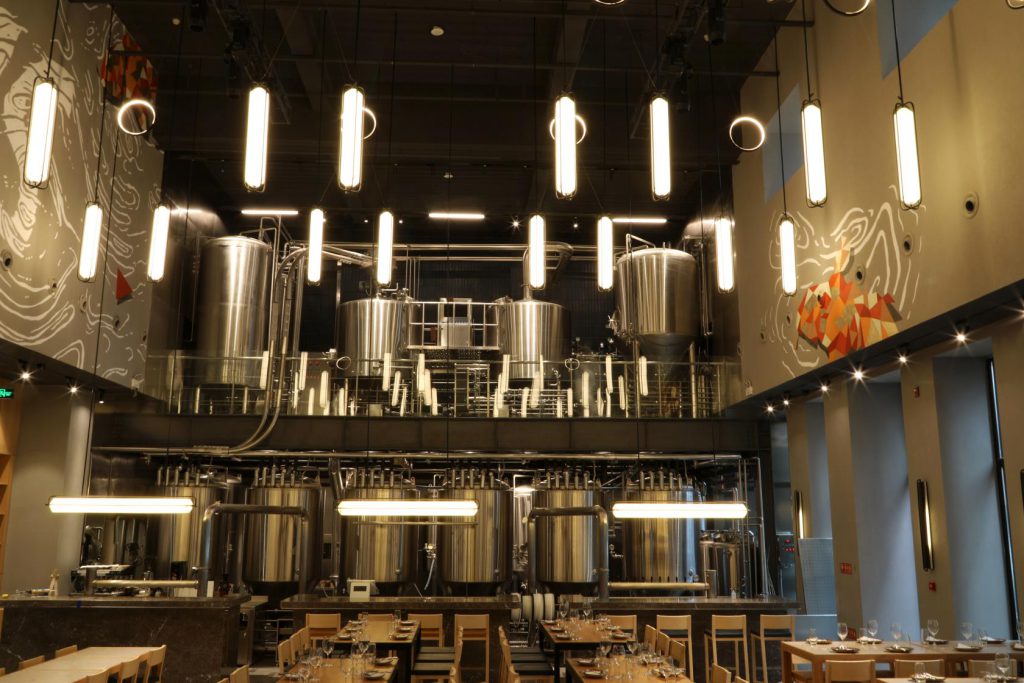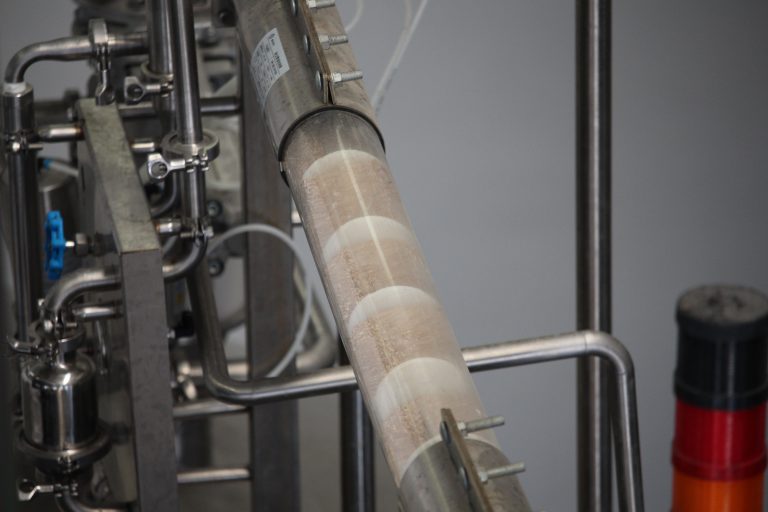Introduction

Crafting malt brew is a centuries-old tradition, steeped in history and artistry. From the careful selection of malted grains to the precise brewing process, every step contributes to the final product’s flavor, aroma, and character. In this blog, we delve deep into the fascinating world of malt brew, uncovering its intricacies, techniques, and the magic behind the brew.
The Origins of Malt Brew
Malt brew, often referred to simply as beer, traces its origins back to ancient civilizations. Mesopotamians, Egyptians, and Sumerians all brewed various forms of beer using malted grains. Explore the historical evolution of malt brew, from its humble beginnings to its modern-day resurgence in craft breweries worldwide.
The Brewing Process Unveiled
The brewing process is a harmonious blend of science and artistry, where every step is meticulously executed to create the perfect brew. Let’s delve deeper into the intricate journey of brewing malt brew, from the raw ingredients to the final product.
Mashing
The brewing process begins with mashing, where malted grains are mixed with hot water to activate enzymes that break down starches into fermentable sugars. This step typically takes place in a vessel called a mash tun. Brewers carefully control the temperature and duration of mashing to achieve the desired balance of sugars and flavors in the wort, the liquid extracted from the grains.
Lautering
After mashing, the sweet wort is separated from the spent grains through a process called lautering. The wort is drained from the mash tun and passed through a false bottom or filter to remove any remaining solid particles. Lautering ensures that only the liquid portion of the mash, rich in sugars and flavor compounds, is collected for further processing.
Boiling
Once the wort is collected, it is transferred to a kettle and brought to a vigorous boil. During boiling, hops are added to the wort to impart bitterness, flavor, and aroma to the finished beer. The duration of the boil, as well as the timing and quantity of hop additions, are carefully controlled by the brewer to achieve the desired balance of bitterness and aroma in the final brew.
Cooling
After boiling, the hot wort must be rapidly cooled to a temperature suitable for fermentation. This is typically achieved using a heat exchanger or immersion chiller, which rapidly transfers heat from the wort to a cold water source. Cooling the wort quickly is essential to prevent the formation of off-flavors and ensure a clean fermentation process.
Fermentation
Once cooled, the wort is transferred to a fermentation vessel and yeast is added. The yeast begins to ferment the sugars in the wort, converting them into alcohol and carbon dioxide. Fermentation can take anywhere from a few days to several weeks, depending on the desired beer style and fermentation conditions. During this time, the yeast also produces a variety of flavor and aroma compounds that contribute to the final character of the beer.
Conditioning and Packaging
After fermentation is complete, the beer is typically conditioned for a period of time to allow flavors to mellow and mature. Finally, the beer is packaged into bottles, cans, or kegs for distribution and consumption.
Throughout the brewing process, brewers employ a combination of scientific principles, technical expertise, and creative intuition to craft beers that are as diverse and unique as the individuals who brew them. From the selection of ingredients to the manipulation of brewing parameters, each decision made by the brewer leaves its mark on the final product, resulting in an endless array of beer styles, flavors, and experiences for enthusiasts to explore and enjoy.
The Art of Malt Selection
At the heart of every great malt brew lies the selection of quality malted grains. Understanding the characteristics of different malt varieties is essential for brewers seeking to craft unique and flavorful brews. Dive into the world of malt selection, exploring the diverse range of malted grains available and their impact on the brewing process.
| Malt Variety | Flavor Profile | Common Uses |
|---|---|---|
| Pale Malt | Mild, Sweet | Pale Ales, Lagers |
| Munich Malt | Malty, Biscuity | Bocks, Oktoberfests |
| Chocolate Malt | Roasty, Chocolate | Stouts, Porters |
| Crystal Malt | Caramel, Nutty | Amber Ales, IPAs |
The Role of Yeast in Malt Brew

Yeast plays a crucial role in the brewing process, converting sugars into alcohol and carbon dioxide during fermentation. Discover the different types of yeast used in brewing and how they influence the flavor, aroma, and overall character of the final brew. From traditional ale yeasts to specialized strains, yeast selection is a key factor in achieving desired beer styles.
Conclusion
Malt brew is more than just a beverage—it’s a journey of discovery, creativity, and craftsmanship. From its ancient origins to its modern-day revival, the artistry behind malt brew continues to captivate brewers and enthusiasts alike. Whether you’re a seasoned brewer or a curious beginner, exploring the world of malt brew is sure to inspire and delight your senses.
FAQ
Q: What is malt brew?
A: Malt brew, commonly known as beer, is an alcoholic beverage made from malted grains, water, hops, and yeast.
Q: What are the main ingredients in malt brew?
A: The main ingredients in malt brew include malted grains (such as barley, wheat, or rye), water, hops (for bitterness and aroma), and yeast (for fermentation).
Q: How is malt brew different from other types of beer?
A: Malt brew encompasses a wide range of beer styles, each with its own unique characteristics, flavors, and brewing techniques. From light and refreshing lagers to rich and complex stouts, the world of malt brew offers something for every palate.
Q: Can I brew malt brew at home?
A: Yes, homebrewing malt brew is a popular hobby for beer enthusiasts around the world. With the right equipment, ingredients, and techniques, you can brew your own delicious malt brews right in your own kitchen.
Q: What is the best way to enjoy malt brew?
A: Malt brew can be enjoyed in many ways, whether on its own, paired with food, or shared with friends. Experiment with different styles, flavors, and serving temperatures to find the perfect brew for any occasion.

